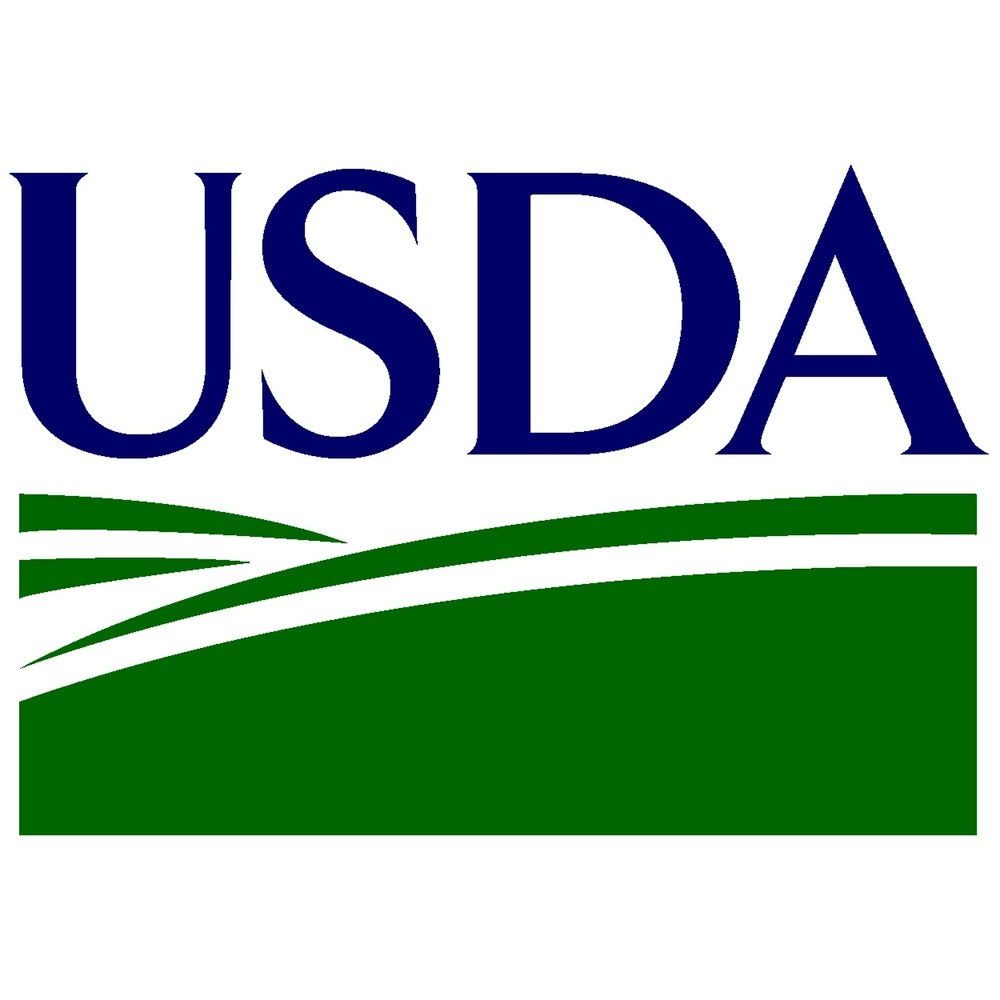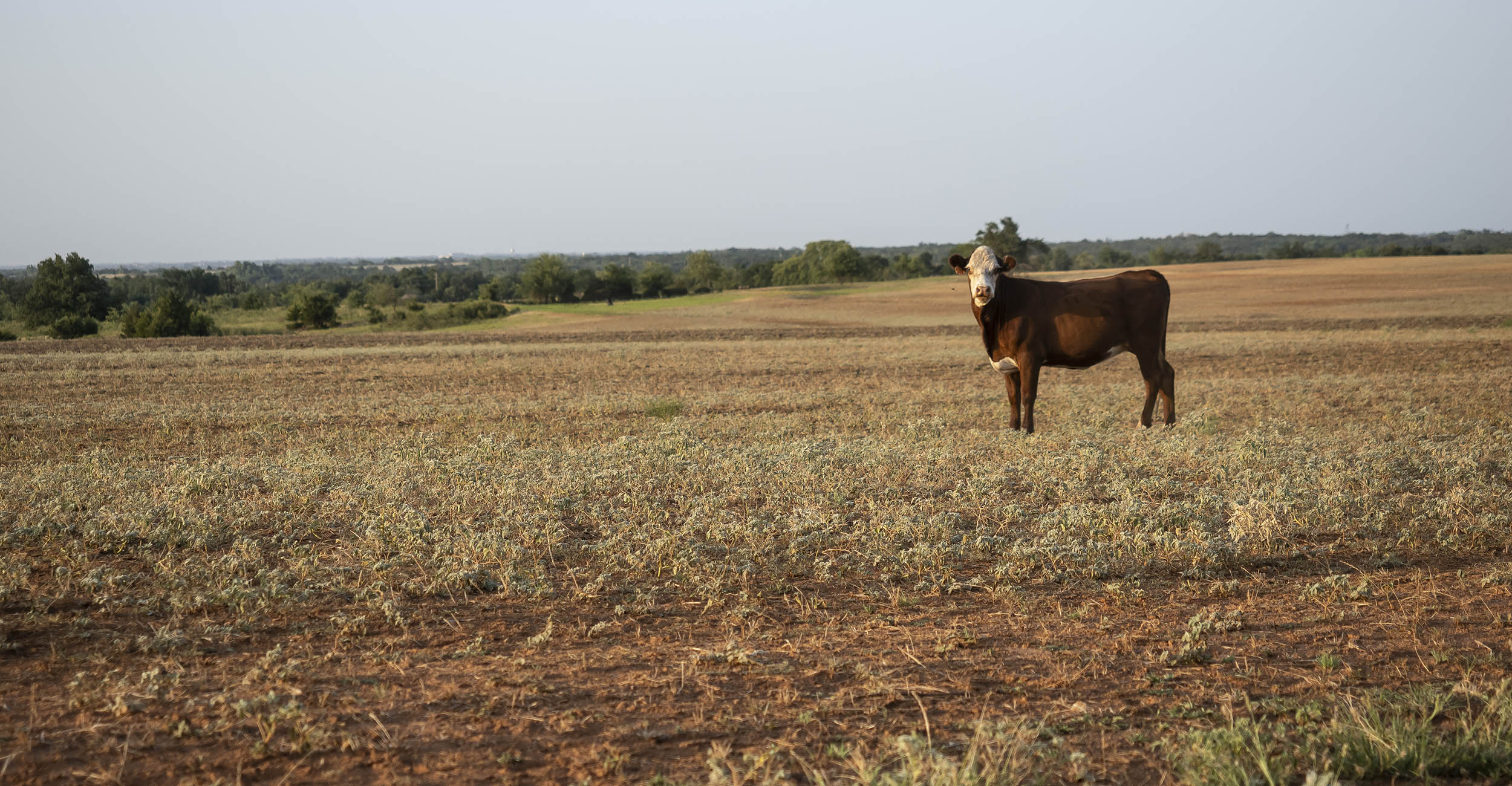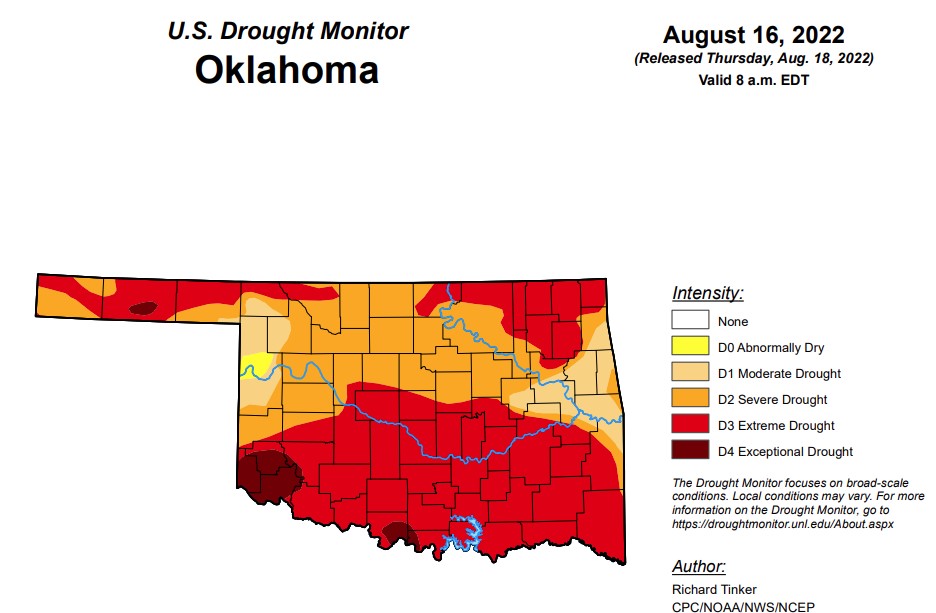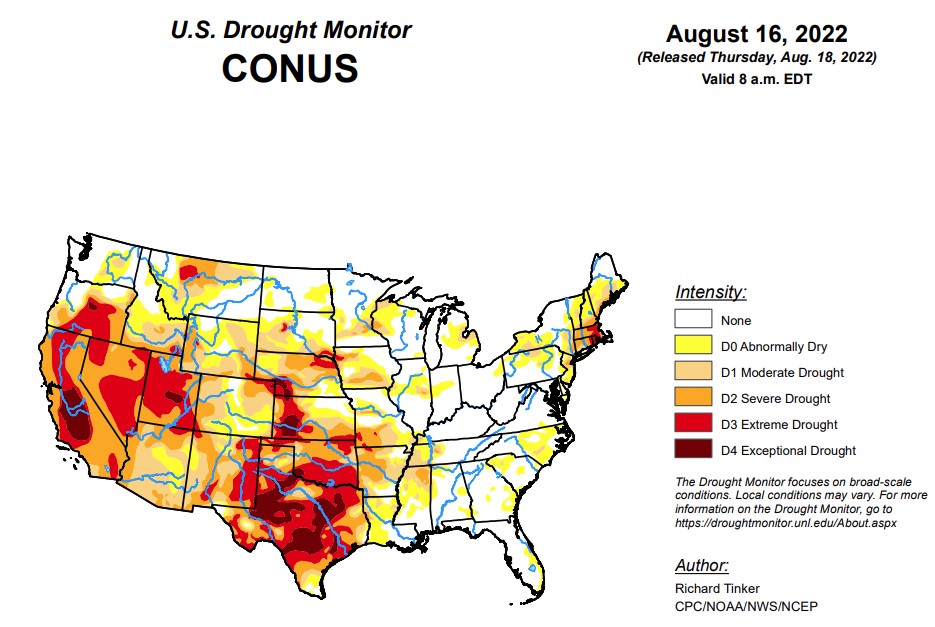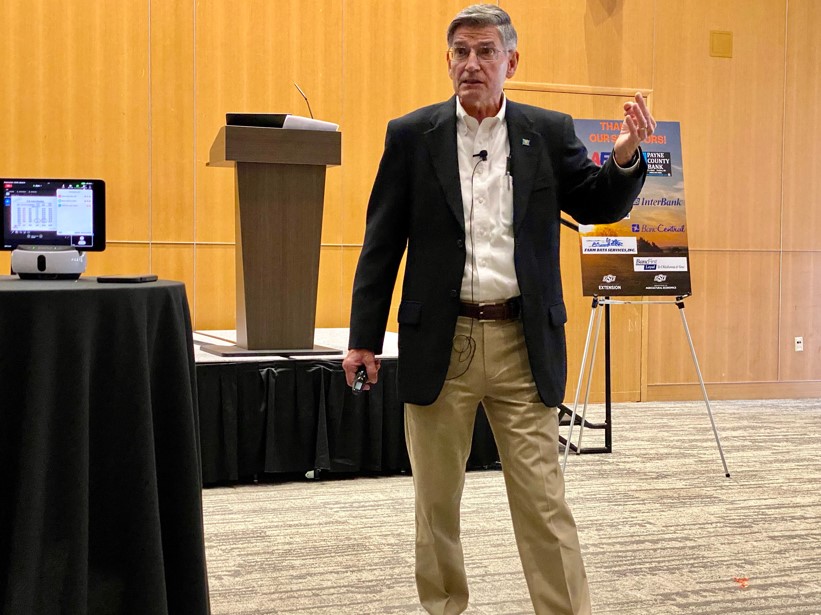
This week on SUNUP is Dr. Kim Anderson, Oklahoma State University Extension grain market economist. During this week’s edition, Anderson talks about wheat prices and factors to consider when planting to make a profit this year.
“They’ve got to put a sharp pencil to figure out their costs and returns,” Anderson said. “You look at the old cliché, if you can’t make a profit with a pencil and pen at the desk, you’re probably not going to make a profit with a tractor in a field.”
With high input prices this year, Anderson said profits may be reduced if there is not a relatively good price for wheat.
“Going back to COVID 2019 and since then, nitrogen prices have increased about 80 percent,” Anderson said. “They have come down a little bit over the last couple of weeks.”
Phosphorus and potassium have increased by 26 percent, Anderson said, diesel is up 60 percent and machinery is up by 25 percent.
“We are going to have to have a higher price,” Anderson said. “Looks like we are going to get it because of the stocks-to-use ratio.”
Anderson said the stocks-to-use ratio for hard red winter wheat stocks has dropped from 61 percent in 2019 to now 39 percent.
“You look at all U.S. wheat, it has dropped from 50 percent to 31 percent,” Anderson said. “World stocks-to-use ratio went from 39 percent to 34 percent. The world needs wheat. If there is no profit in producing wheat, there is not going to be any wheat. There will be a profit to produce wheat for most producers.”
Anderson talked about what the market is offering now for 2023 harvested wheat.
In northern Oklahoma, Anderson said the Kansas City July ’23 contract price is $8 to $8.10 minus 70 cents. In the panhandle, Anderson said it is $8.20 to $8.30 for July contract minus 50 cents.
“Southern Oklahoma is $7.70 and that contract minus a dollar, so relatively good prices looking into 2023,” Anderson said. “You look at summer crops and crop conditions, corn and cotton are in the low ‘40s. The five-year average is in the mid- ‘60s.”
Anderson also talked about summer crop conditions and prices. To listen to Anderson’s audio, click the LISTEN BAR below.
This week on SUNUP:
• We welcome the new program coordinator for the Oklahoma Quality Beef Network, Paul Vining, and learn details about upcoming sale dates.
• Wes Lee, OSU Extension Mesonet agricultural coordinator, discusses the recent cool front that hit the state. State climatologist Gary McManus says the seasonal drought outlook could improve in the coming months.
• Derrell Peel, OSU Extension livestock marketing specialist, says beef prices remain strong even with all the challenges in the markets.
• Kim Anderson, OSU Extension grain marketing specialist, discusses how drought is impacting summer crop prices.
• Mark Johnson, OSU Extension beef cattle breeding specialist, has recommendations for which cows to cull from your herd during drought.
• SUNUP previews upcoming sorghum field tours and a soil training event.
• Rosslyn Biggs, OSU Extension beef cattle specialist, has information on practicing good biosecurity measures during county and state fair season.
• Finally, we attend a recent event honoring Professor Larry Sanders and his extensive work with military veterans.
Join us for SUNUP:
Saturday at 7:30 a.m. & Sunday at 6 a.m. on OETA-TV
YouTube.com/SUNUPtv
SUNUP.okstate.edu



